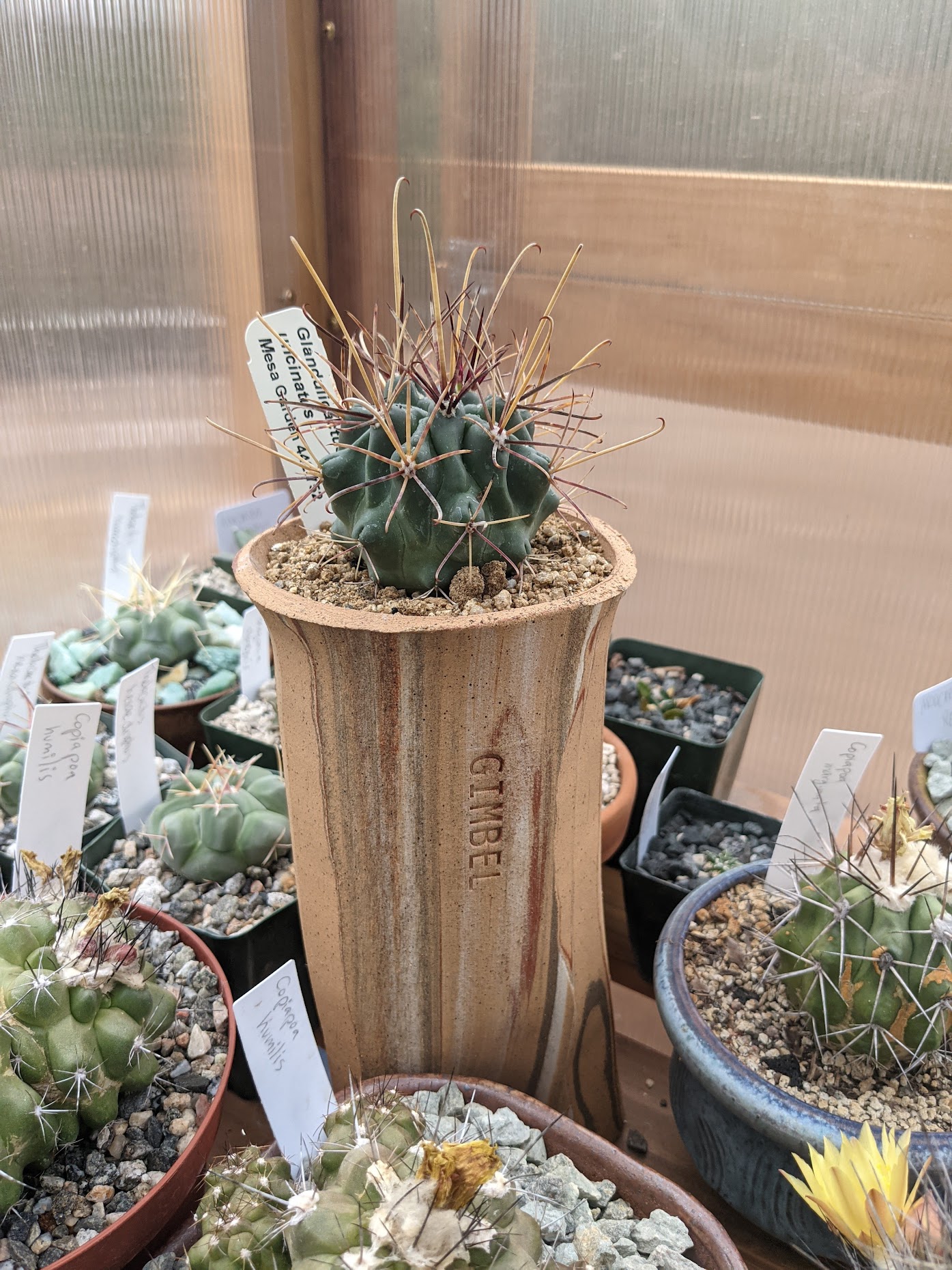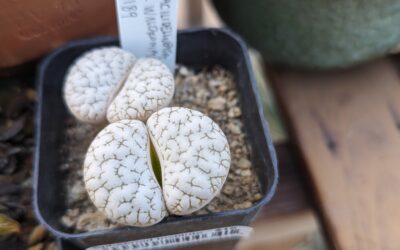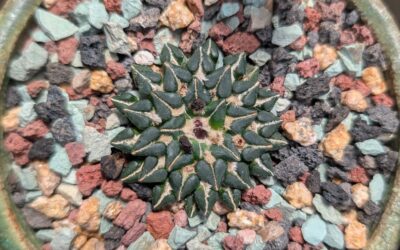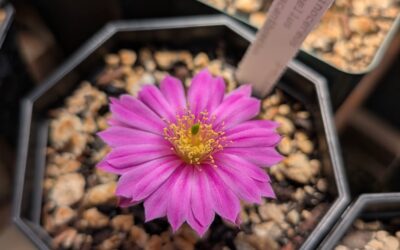One of the best things about being part of the plant community is that there’s always something to learn and share with others who grow. Every grower has their own tricks and knowledge gleaned from their collection, and sharing that knowledge helps elevate us all!
On top of that, with Christmas fast approaching, figuring out what to get a plant lover as a gift can be a challenge. You may or may not want to try giving them a plant (what if they have it already or it’s not a type they wanted in the first place?), but tools and accessories are usually pretty safe.
Below is a list of my favorite tools and what I use them for. Where it makes sense, I’ve included a link to Amazon or wherever I got mine from, but none of the links are affiliate links – buy your tools wherever it makes the most sense for you!
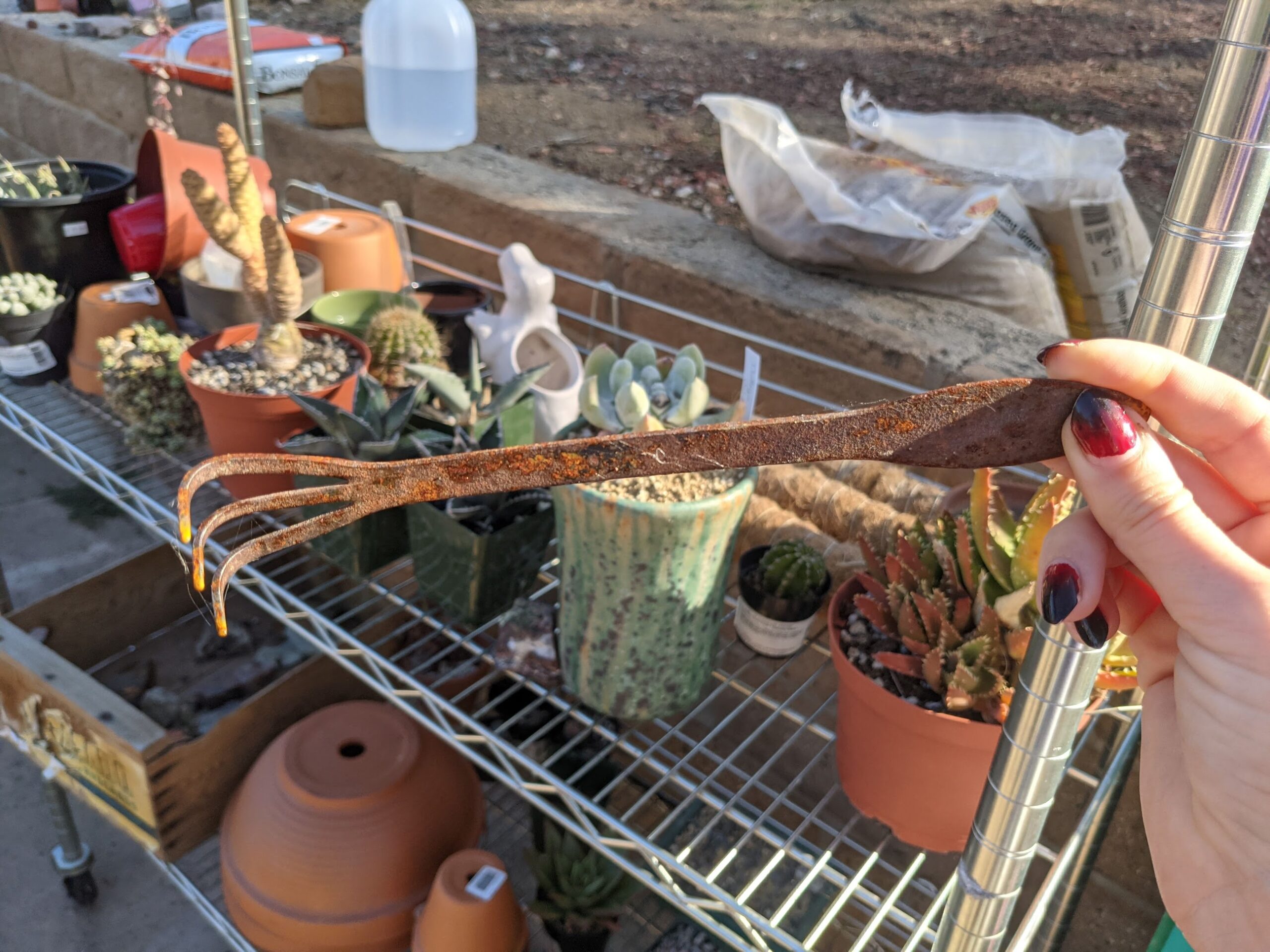
We’ll kick this off with my favorite trusty tool: my metal bonsai rake. I’ve left mine out in the rain and sun far too many times to count, and so the black powder coating has rusted right off. The tool itself is still perfectly useable, and because there’s no handle aside from the metal, there’s never spines stuck in it, it’s never sticky, and doesn’t degrade (apart from appearance) in sun. I can’t find my exact model, but the regular stainless steel bonsai rake should do the trick.
The handle of the rake is useful for dislodging plants that are root bound or under potted, and the rake itself helps clear out old soil and rocks from the roots. The tines are sharp enough to damage plant bodies and roots if you’re not careful, but it’s easy to simply rake gently. I think I’ve used my rake almost daily over the last three years for preparing plants to ship or to simply repot my collection.
Another bonsai tool to borrow is their little tree turntables for staging your plants! You can find plastic ones for a low cost online, but be careful about where you store them. The plastic ones can and will warp if left in direct sunlight or a hot greenhouse (I’ve learned to my dismay). Larger and/or sturdier turn tables can run you $100 or more, but the little plastic guys are rarely more than $14.
It’s a nice touch to use the little tables to rotate your plants and take your time staging them. For the enthusiast that loves to sit and carefully inspect their plants, or arrange the top dressing just-so, they’ll love a turntable.
This one may be a weird one to some, but a turkey baster is invaluable! Use it to blow out excess water from the center of your rosette forming succulents, such as echeverias, and keep them looking pretty. Hat tip to the lovely South African lady I met at the SDCSS September club picnic who reminded me of this!
In the same vein of food-related tools, grabbing a few condiment squeeze bottles is also super useful. The long tips make it easy to get water up and under leaves, or to carefully water around your prized plants and not disturb the tops of species with fuzz or farina. They work best for precision watering, or if you have a lot of smaller plants that you’re only watering a little. I use them constantly indoors, and especially for delicate seedlings. If you have a fluffy lophophora, ariocarpus or obregonia, these are perfect for watering around the base of the plant to preserve the fluff on top.
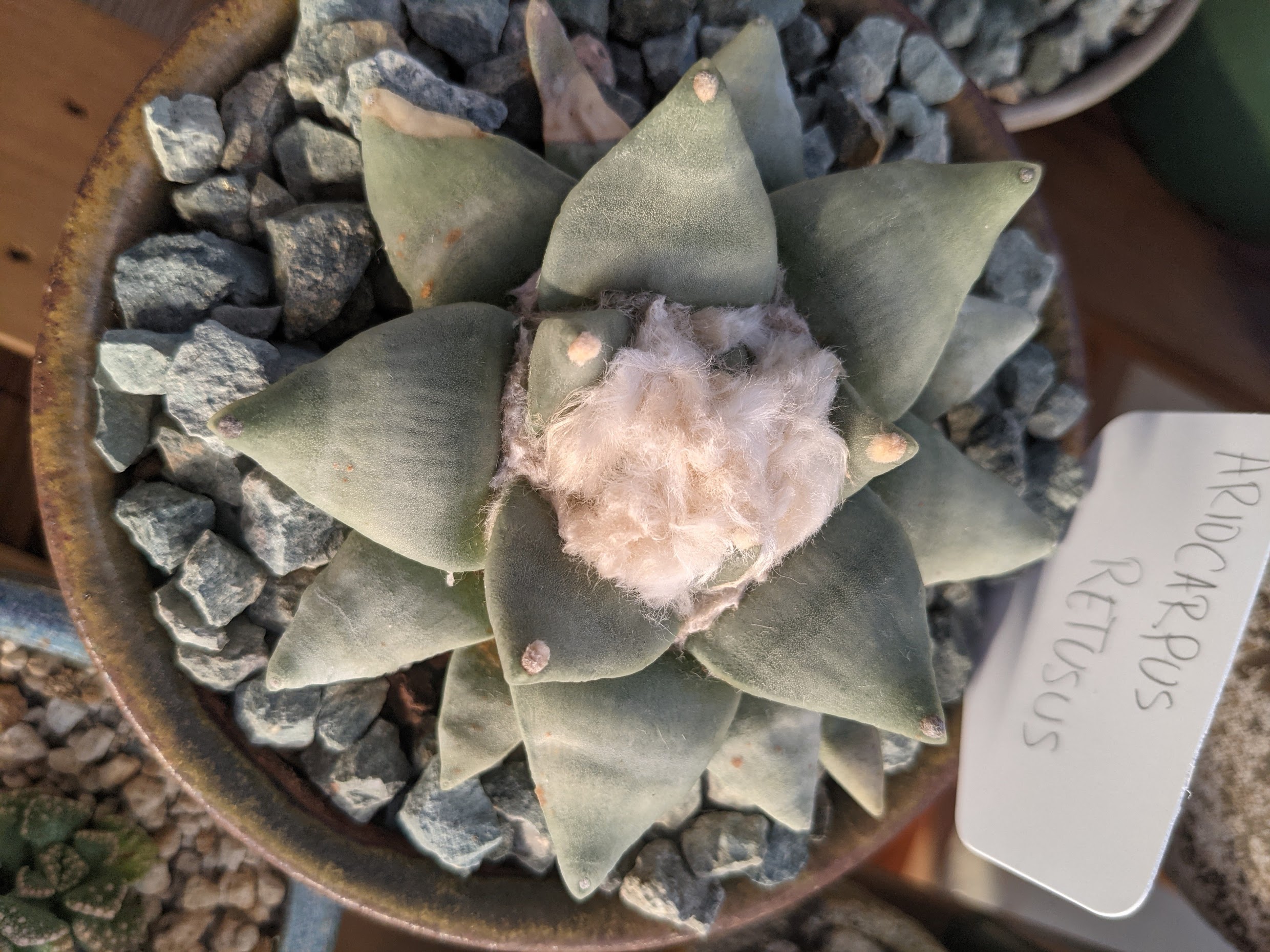
Another must-have tool is a good set of tweezers. Use pointy ones for getting spines out of your limbs, and dull-tipped tweezers for cleaning and maintaining your plants. The pro tip here is to not get regular beauty tweezers: for around $5 to $8, depending on the specific set, you can get a set of Anti-Static Stainless Steel tweezers used for electronics and lab work. They are sharp, precise, and significantly easier to use for spine pulling! I like these so much I got two sets: one for our house and one for the greenhouse!
For your larger tweezing needs, you’ll want to look for dressing tweezers – you’ll find them up to 12” long. These will have good grip, be stainless steel, and relatively easy to maneuver and work with.
If you grow a lot of potted plants, have plants with a range of light needs, or feel like you’re never quite sure if a given spot is bright enough or if it’s too bright, a light meter is your best friend. There are low cost or free apps available on most phones, or you can get an inexpensive one online. It’s not much help if your plan is simply to plant things in the ground, but if you’re trying to decide if a windowsill or patio will be bright enough, the light meter is your friend. Lux and footcandles both work; you can easily convert between the two using Google if you need to.
You don’t need to get a super pricey light meter to get the benefits! I have a model similar to this one and the detached sensor definitely makes it easier to position while still reading the screen.
My most recent tool discovery is a Hori-Hori knife. It’s a simple concept but extremely useful: one knife edge is serrated, the other is straight, and on the slightly concave side, it has a short ruler. This thing makes it easy to plant in the yard, trim out roots, cut and trim branches – I don’t know how I gardened without one before this year!
Another tool in the same vein as the light meter is one I just recently picked up: a pH meter. As I recently learned in a CSSA webinar featuring Ernesto Sandoval, it’s best to water your plants using slightly acidic water (5.5 to 6.5 pH). This aids in nutrient absorption and root development, and if you get the chance, I highly recommend looking into the phenomenon further!
However, I’d bet that you, like me, don’t have a pH meter or test strips just lying around to use any time you want to mix up some water. In my region, tap water comes out at pH 8, sometimes up to 8.5, which is quite a bit more alkaline than the plants would prefer. You can get a simple, low-cost pH meter to check your water, and carefully add small amounts of vinegar to create the right acidity levels! I check after I’ve added fertilizer, as I’ve discovered the fertilizer definitely lowers the pH of the water and I don’t always need the vinegar to help.
Don’t forget to calibrate your pH meter before you use it!
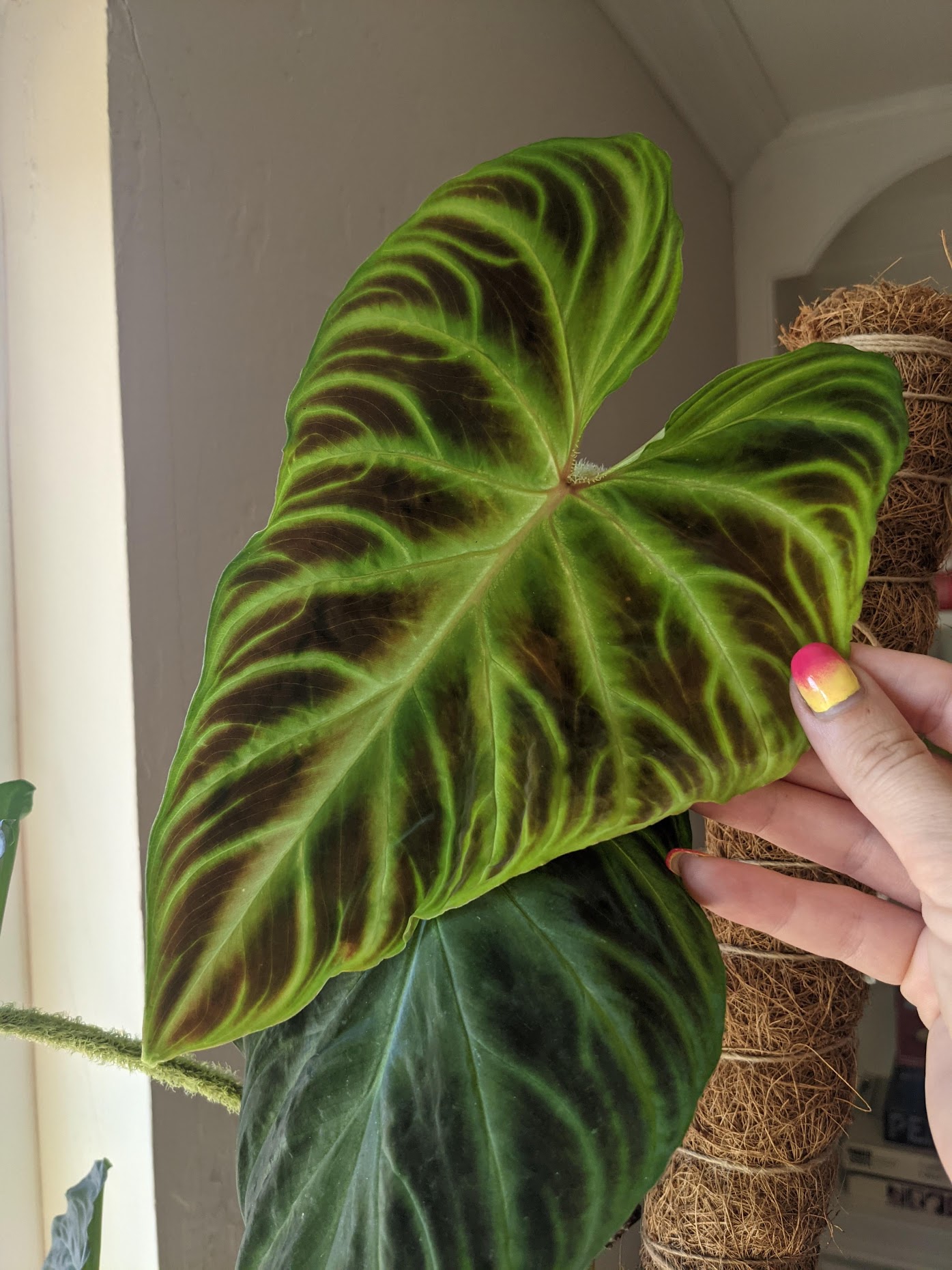
My Philodendron verrucosum, Peru form, has been loving the regular fertilizer + acidic water lately!
You’ll need some distilled water to mix with the calibration solutions for your pH meter once it arrives, and if it’s a gift, I’d suggest calibrating it ahead of time unless the recipient would find that part interesting. It took me a couple tries to get the calibration right, but since then, I’ve been able to easily use the meter to test my water on watering days.
The absolute best gift for a plant lover:
POTS. POTS. POTS.
It is hard to explain to a non-plant-obsessed person, but beautiful, well-made pots really compliment a beautiful plant.
As a bonus, compared to most of the other items on this list, hand made pots can be purchased that help support makers and small business owners! You can find a ton of artists on Instagram, Etsy, or locally (depending on your region).
Hand made pots are often pricier than you may expect, but that is also what makes them excellent gifts. Many plant collectors will plant a few favorites in beautiful pots, but forking over $30 – $60 (or more!) a pot for each plant gets prohibitive quickly! If you really want to win over a plant friend, gift them a beautiful pot and see them beam.
I’ll add a link here once I’ve finished collecting my list of favorite potters that I’ve purchased from or have watched on Instagram for a while. If you’re a potter, or have favorites of your own, share the link to the shop or account with me through email! Jen@TrexPlants – I am always happy to share.
